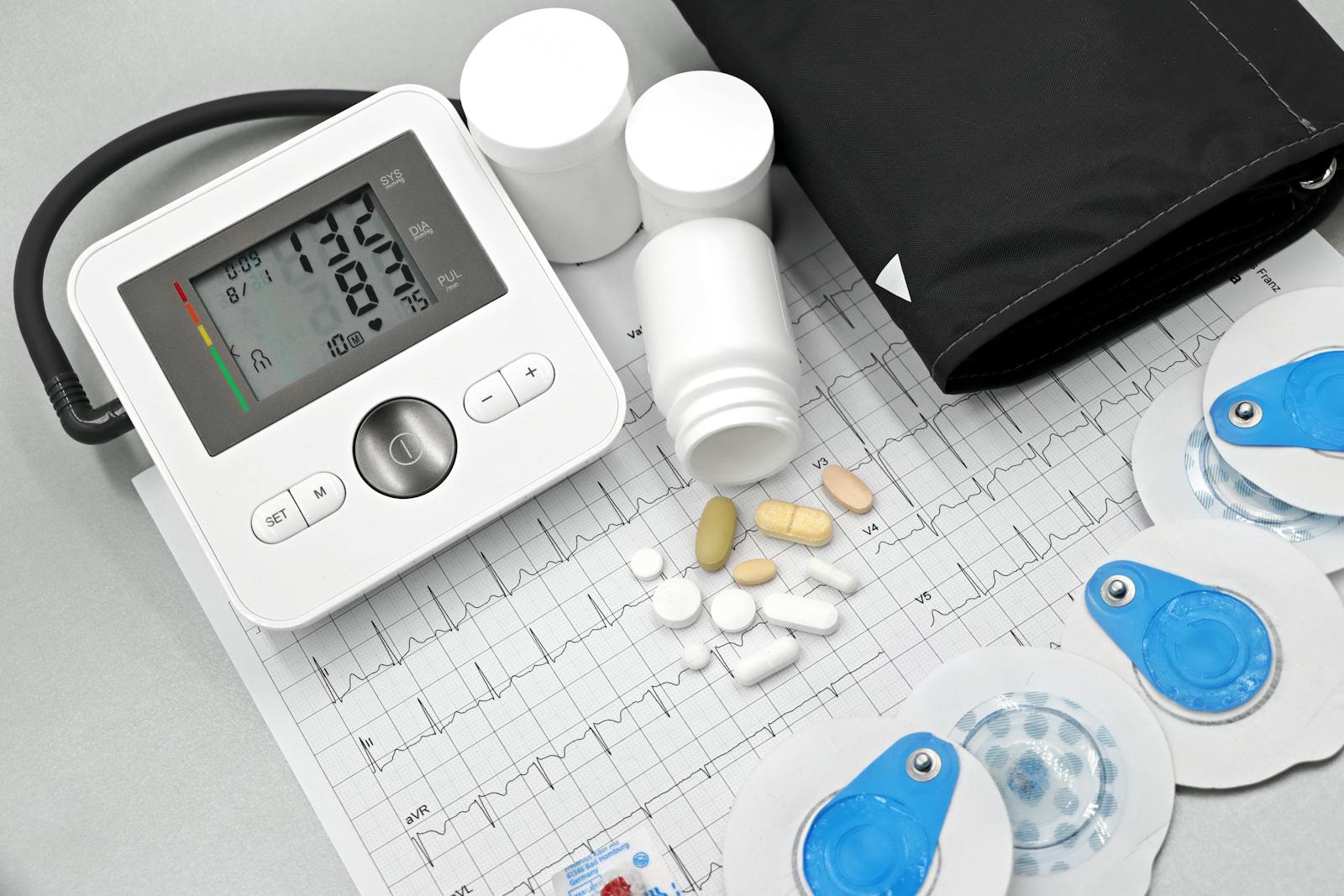Heart disease, particularly coronary artery disease (CAD), is one of the most common and insidious health threats globally. It develops when fatty plaques accumulate within arterial walls—a process known as atherosclerosis—which can eventually lead to heart attacks, angina, peripheral artery disease, thrombosis, or strokes.
Identifying Risk Factors
Your likelihood of developing heart disease hinges on a mix of modifiable and non-modifiable risk factors. Understanding both is crucial for prevention.
Modifiable Risks
- Overweight or obesity: Body mass index (BMI) of 25 or higher.
- Abdominal circumference: ≥89 cm for women, ≥101 cm for men.
- Lack of physical activity: Sedentary lifestyle increases risk.
- High blood pressure: ≥130/90 mmHg.
- Smoking: A major contributor to arterial damage.
- Cholesterol imbalances: LDL (“bad”) cholesterol over 160 mg/dL or HDL (“good”) cholesterol below 40 mg/dL.
Non-Modifiable Risks
- Age: Over 65 years.
- Sex: Men are more prone to CAD than women.
- Family history: Close relatives (parents, siblings, children) with early CAD—before 55 for men, 65 for women.
Medical Recommendations for Assessment
After age 40, individuals with two or more risk factors should evaluate their coronary disease risk at least every five years—or more frequently if risk factors change. For people with diabetes or those whose 10-year risk exceeds 20%, their risk mirrors that of individuals who already have diagnosed CAD.
Several online tools and formulas allow individuals to calculate their CAD risk:
- Brazilian Diabetes Society Cardiovascular Risk Calculator
- Heart Portal Calculator – Men
- Heart Portal Calculator – Women
Low-Dose Aspirin: Weighing Benefits and Risks
For people with a 10-year CAD risk of 10% or higher, low-dose aspirin may offer preventive benefits. However, even small doses carry the potential for gastrointestinal bleeding and cerebral hemorrhage. Aspirin should not be used by individuals already at elevated bleeding risk or with contraindications.
Medical professionals stress that aspirin therapy should be individualized, considering both cardiovascular risk and potential complications.
Understanding your risk for heart disease isn’t about fear—it’s about clarity and control. Early identification of risk factors allows for targeted interventions, from lifestyle adjustments like regular exercise and dietary management to careful monitoring of blood pressure and cholesterol. While genetics and age are beyond our control, choices in daily habits can significantly shift your trajectory. Empowering oneself with knowledge, alongside guidance from healthcare providers, transforms potential vulnerability into proactive management.




